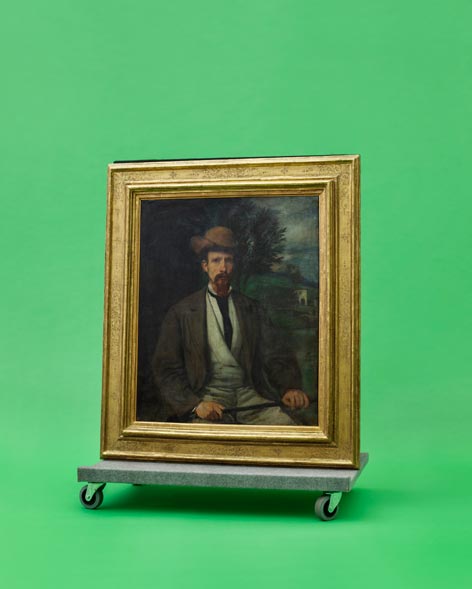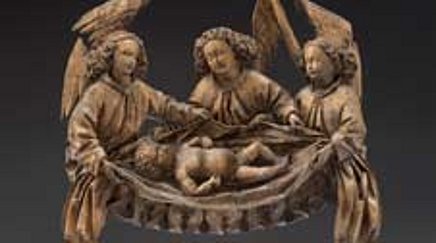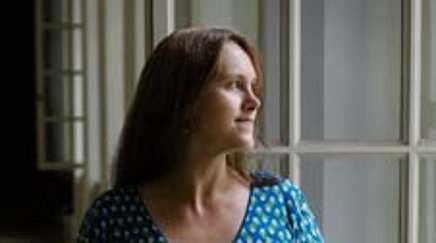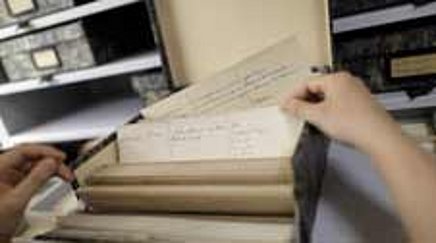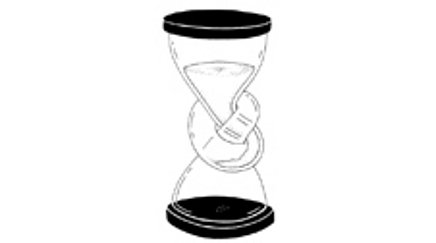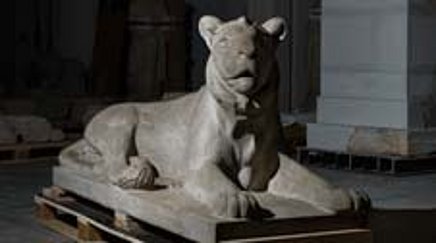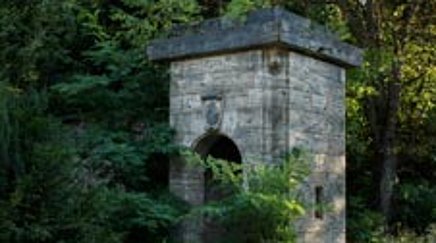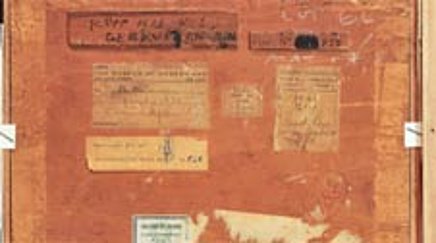Just and Fair
20.11.2018Just and Fair
Stiftung Preußischer Kulturbesitz has restituted more than 350 works of art in the past 20 years. A selection
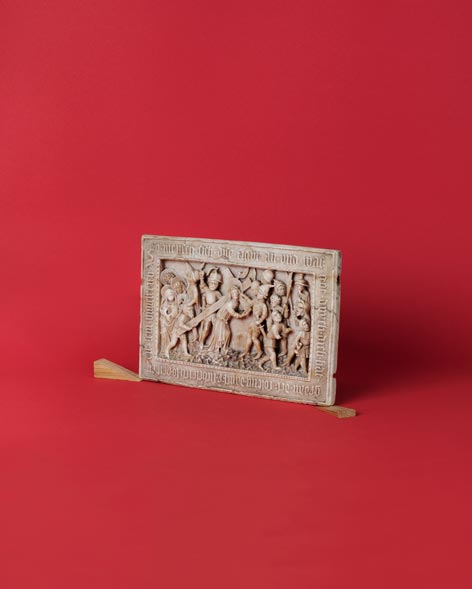
Alabaster relief from the Fuld Collection
The late medieval alabaster relief comes from the art collection that Harry Fuld jun. inherited in 1932 along with shares in the family business. He soon lost the business shares due to “aryanization.” After putting his art collection in storage, Fuld fled to England in 1936. The collection was confiscated and in 1943, the works were auctioned off. The Staatliche Museen zu Berlin (National Museums in Berlin) acquired the relief in the auction. In 2009, Stiftung Preußischer Kulturbesitz (Prussian Cultural Heritage Foundation, SPK) returned it to Fuld’s heir, Magen David Adom UK (MDAUK). Thanks to both the heir’s willingness to negotiate and the financial support of Siemens Kunststiftung, the relief can be exhibited in the Bode Museum as a permanent loan.
- Press Release „Stiftung Preußischer Kulturbesitz restituiert Alabasterrelief – Verbleib in der Berliner Skulpturensammlung gesichert“ (in German)
The Watzmann
Caspar David Friedrich’s knowledge of the Alps was hearsay. He painted Der Watzmann (The Watzmann) in 1824/1825 based on a watercolor study by his student, Johann August Heinrich. In 1937, the large-scale painting was sold by a Jewish collector to the Nationalgalerie (National Gallery). He used the money to finance his family’s escape to the USA. In 2002, SPK restituted the painting but thanks to the heirs’ goodwill and private support by others, it continues to be on exhibit in the Alte Nationalgalerie: DekaBank purchased the painting and loaned it permanently to the museum.
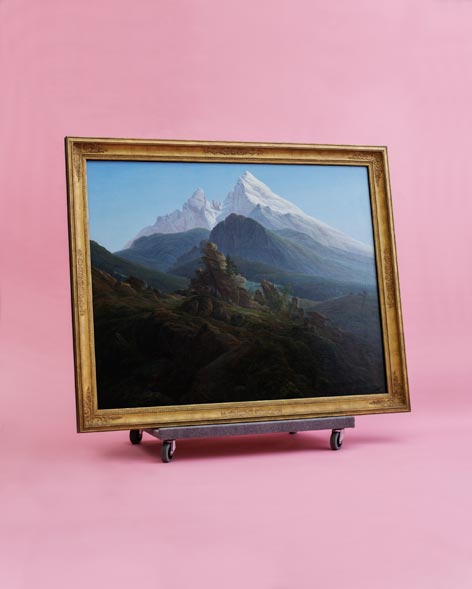
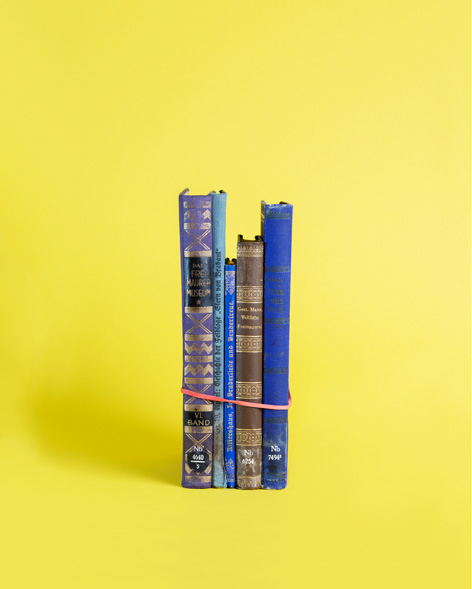
Books from a Freemason's lodge
The Teutonia zur Weisheit Freemason’s lodge in Potsdam once housed one of the largest Freemason libraries in Germany. It had more than 2,000 books. But starting in 1934, NS government forced the lodge to gradually reduce its activities. Immediately after its liquidation in 1935, the liquidator donated the lodge’s literature to the Preußische Staatsbibliothek library. While systematically searching its collection for NS plunder, the Staatsbibliothek (Berlin State Library) discovered that it had more than 384 volumes from the lodge’s former library. In 2016, SPK restituted the books to the lodge, which was re-established in 1991.
- Press Release „Stiftung Preußischer Kulturbesitz restituiert 384 Bücher aus der Staatsbibliothek zu Berlin an die Potsdamer Johannisloge ‚Teutonia zur Weisheit‘“ (in German)
The Margarete Oppenheim Collection
Margarete Oppenheim owned one of the largest art collections in Germany. It included many decorative art objects, like the salt cellar pictured here. In 1935, Mrs. Oppenheim’s heirs auctioned off her collection. The Staatliche Museen zu Berlin helped to prepare for the auction free of charge. It is not clear if the heirs, who were Jewish, could have picked a better time for the auction if there had been no NS government and if they had control of the proceeds. With that in mind, a settlement was worked out in which some objects remained in the Kunstgewerbemuseum of the Staatliche Museen zu Berlin, while others were restituted.
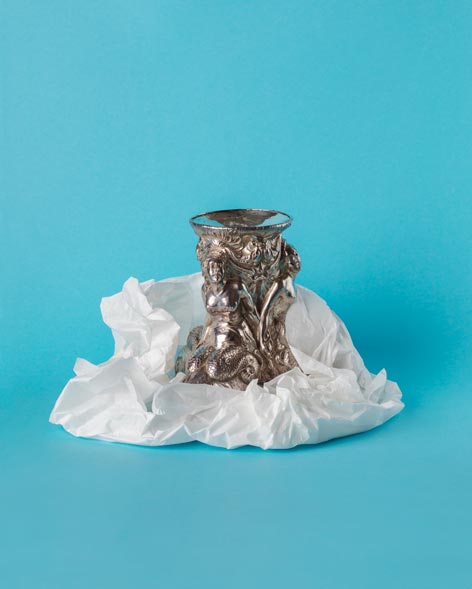
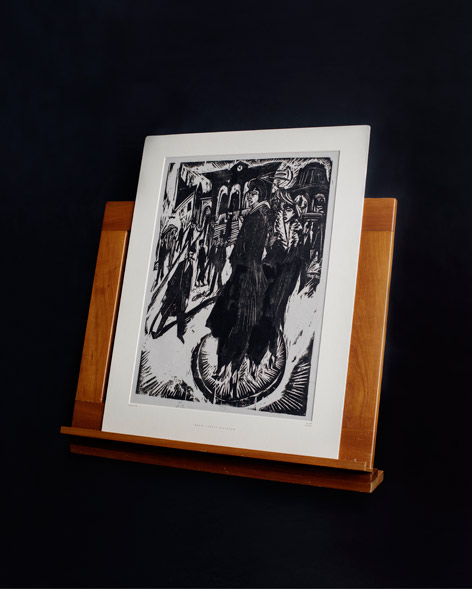
- Press Release „Stiftung Preussischer Kulturbesitz restitutes works from the Buchthal collection“
- Press Release „Stiftung Preußischer Kulturbesitz restituiert vier Werke von Munch und Kirchner an die Erben von Prof. Dr. Curt Glaser“ (in German)
Ernst Ludwig Kirchner
The SPK collections are lucky to have more than one work by E. L. Kirchner, including Frauen am Potsdamer Platz (Women on the Potsdamer Platz, 1914) from the Glaser Collection and the etching illustrating the front cover, Fehmarnhäuser mit großem Baum (Fehmarn Houses with Large Tree, 1908), from the Eugen Moritz Buchthal Collection. Buchthal and his family were among the Jews persecuted by the National Socialists and they emigrated to London. In 1936, Buchthal delivered many of the works by Kirchner in his collection to Nierendorf Gallery in Berlin. The Kupferstichkabinett purchased some of those works from the gallery but returned them to Buchthal’s heirs in 2017. SPK bought Fehmarn Häuser back for the Kupferstichkabinett of the Staatliche Museen zu Berlin.
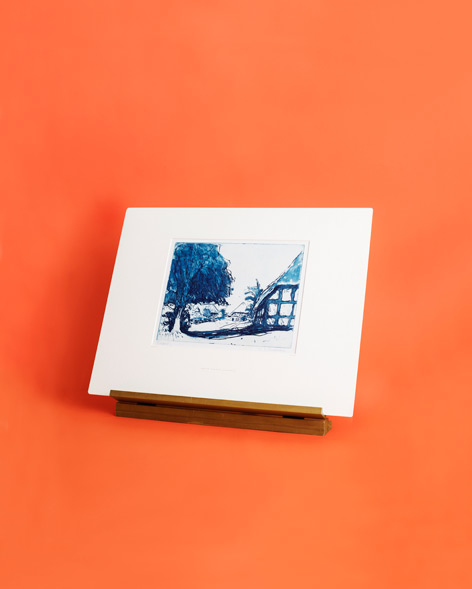
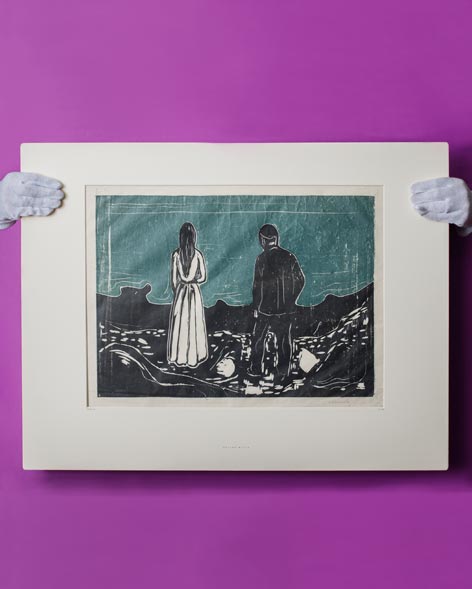
The Curt Glaser Collection
The former director of the Kunstbibliothek (Art Library), Professor Curt Glaser, was forced to retire in 1933 because of his Jewish ancestry and emigrated shortly thereafter. He had most of his art collection auctioned off in 1933 but could take some works of art with him. He donated others to the Staatliche Museen zu Berlin. In recognition of Glaser’s persecution and to honor his outstanding service to Berlin’s museums, his heirs and SPK agreed in 2012 to a “just and fair solution” according to the Washington Principles. Some works, including Munch’s Girl on the Beach, were restituted. Others (for example, the Kirchner mentioned above) remained in the Foundation’s ownership with the heir’s consent.
- Press Release „Stiftung Preußischer Kulturbesitz restituiert vier Werke von Munch und Kirchner an die Erben von Prof. Dr. Curt Glaser“ (in German)
- Press Release „The Prussian Cultural Heritage Foundation Agrees to Second Just and Fair Solution with the Heirs of Prof. Curt Glaser“
The Max Silberberg Collection
In August 1999, SPK restituted Selbstbildnis mit gelbem Hut (Self-portrait with Yellow Hat, 1874) by Hans von Marées and Olive Trees with the Alpilles in the Background, the drawing by Vincent van Gogh, to the heirs of Max Silberberg, who was murdered in Theresienstadt concentration camp. It was SPK’s first restitution of cultural property that had been taken away in the context of NS persecution. The research was carried out based on a tip provided by the Jewish Claims Conference. The works were auctioned off in 1935 by Graupe Auction House and acquired for the Staatliche Museen zu Berlin. SPK was able to re-acquire the Marées painting for the Alte Nationalgalerie from the heirs in 2002.
